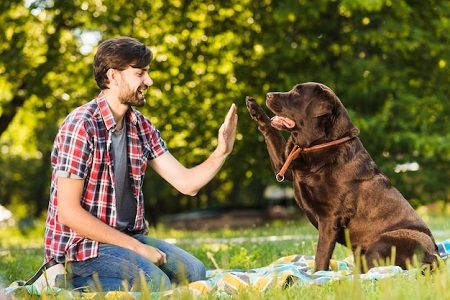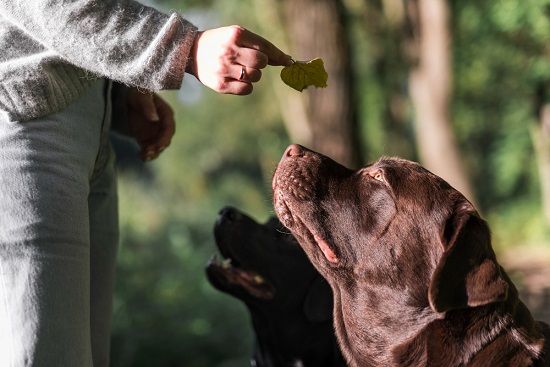As pet owners, it’s important for us to understand and address the unique behaviors exhibited by our furry companions. In this comprehensive guide, we delve into the common behaviors of a male dog in heat, providing you with valuable insights and practical solutions. Whether you’re a seasoned dog owner or a first-time caregiver, this article aims to equip you with the knowledge needed to ensure the well-being of your male dog during this natural phase of their life.
Understanding the Male Dog Heat Cycle

- What is the Male Dog Heat Cycle?
The male dog heat cycle, also known as “the rut,” refers to the period of sexual receptivity in male dogs. Unlike female dogs, who experience a regular heat cycle, male dogs don’t go through a defined cycle but instead exhibit behavioral changes when they detect a female in heat.
- Behavioral Changes
During the heat cycle, male dogs may display various behaviors, which can be categorized as follows:
- Increased Urination: Male dogs in heat tend to urinate more frequently, marking their territory to attract potential mates.
- Restlessness and Agitation: Your dog may become restless, exhibiting signs of anxiety or increased energy levels.
- Mounting Behavior: Male dogs may attempt to mount other dogs, objects, or even human legs as a way of expressing their sexual instincts.
- Vocalization: Barking, howling, or whining may increase as your male dog tries to communicate his desire to find a mate.
- Roaming: The urge to search for a receptive female may lead your dog to roam or attempt to escape from your property.
- Changes in Appetite: Some male dogs may experience a decrease in appetite, while others may show an increased interest in food.
Addressing the Behaviors
- Spaying and Neutering
One of the most effective ways to manage the behaviors associated with a male dog in heat is through spaying and neutering. By neutering your male dog, you can significantly reduce his testosterone levels, minimizing the intensity of sexual behaviors and reducing the risk of certain health issues.
- Environmental Management
Creating a secure and controlled environment for your male dog is crucial during the heat cycle. Consider the following strategies:
- Secure Fencing: Ensure your yard is properly fenced to prevent your dog from escaping and potentially mating with a female in heat.
- Supervision and Leashing: When taking your dog for walks or outings, keep him on a leash to prevent unwanted interactions with other dogs.
- Eliminate Triggers: Minimize exposure to stimuli that may provoke your dog’s mating instincts, such as the scent of a female dog in heat.
- Increased Exercise: Engaging your male dog in regular exercise can help channel his energy and reduce restlessness.


- Positive Reinforcement and Training
Training plays a vital role in redirecting your male dog’s behaviors during the heat cycle. Consider the following training techniques:
- Basic Commands: Reinforce basic commands like “sit,” “stay,” and “leave it” to maintain control over your dog’s actions.
- Distraction Techniques: Divert your dog’s attention away from triggering stimuli by engaging him in interactive play or obedience training exercises.
- Reward-Based Training: Utilize positive reinforcement techniques, rewarding desirable behaviors with treats, praise, or playtime.
Also Read: Can Dogs Eat Grapefruit
Conclusion
Understanding the common behaviors exhibited by a male dog in heat empowers you to provide the necessary care and guidance to ensure their well-being. By addressing these behaviors through spaying or neutering, environmental management, and positive reinforcement training, you can help your male dog navigate this natural phase more comfortably. Remember, each dog is unique, so it’s essential to consult with a veterinarian for personalized advice and guidance.

